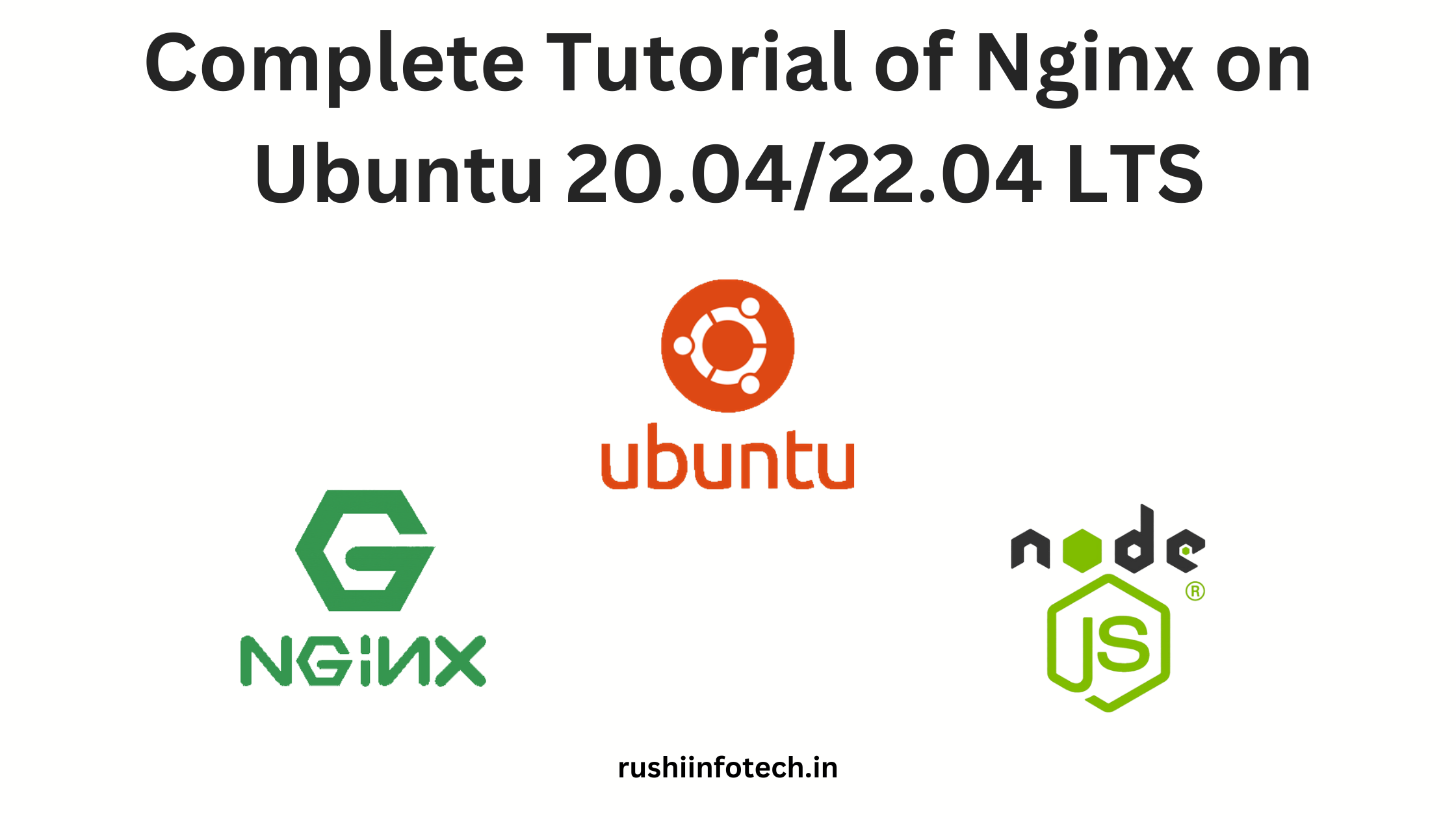Similar Posts

“Discovering Linux: The Heart of Open-Source Computing”
You need to be logged in to view this content. Please Log In. Not a…

The Ultimate Reference for “Managing User” in Linux.
You need to be logged in to view this content. Please Log In. Not a…

Complete Tutorial of Nginx on Ubuntu 20.04/22.04 LTS
You need to be logged in to view this content. Please Log In. Not a…
Create a Simple RollDice Java Application with Maven on Ubuntu 24.04 LTS
You need to be logged in to view this content. Please Log In. Not a…
Building a Roll Dice Java-Based Web Application Using Maven and Tomcat
You need to be logged in to view this content. Please Log In. Not a…

AWS CLI Installation on Linux Servers
You need to be logged in to view this content. Please Log In. Not a…
